Go Plastic Free: How will you choose to refuse?
Published on 05 July 2021
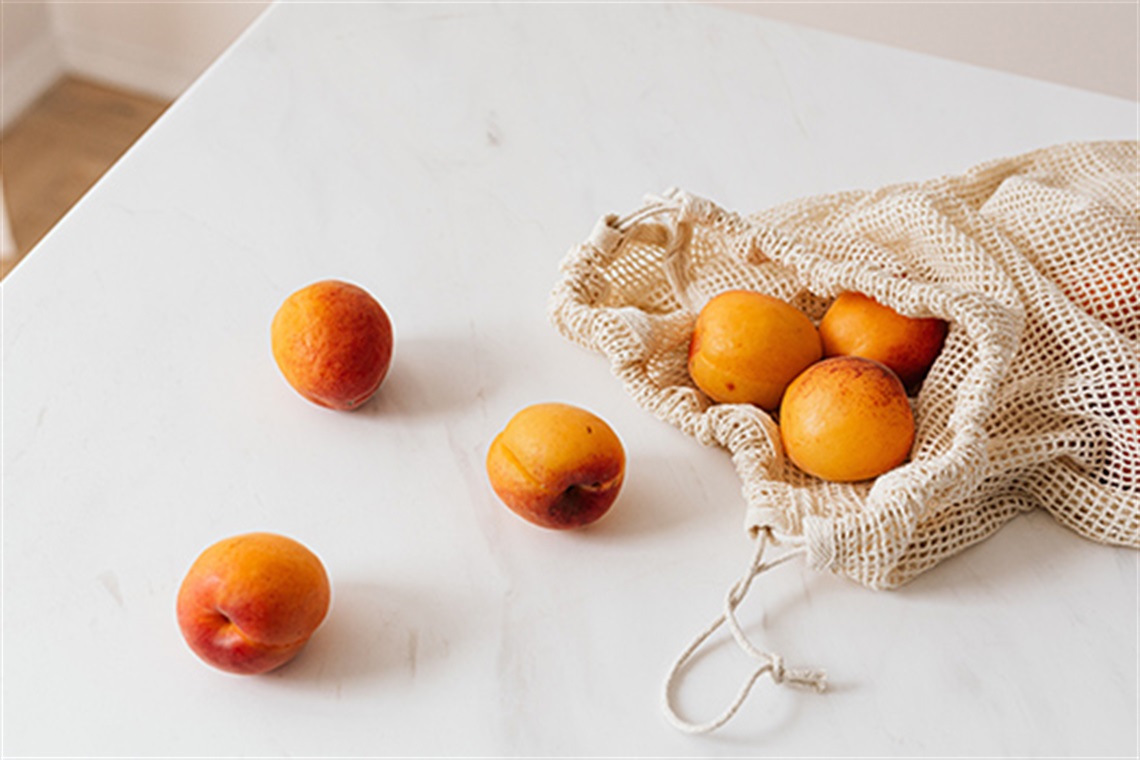
Kids from Double Bay Public show us how easy it is to swap the 'Big 4':takeaway coffee cups, plastic water bottles, bags and straws
In 2016 humans manufactured approximately 340 million tonnes of plastic. That figure is set to double by 2034.
COVID-19 has only compounded our plastic problem with a sharp increase in plastic items like masks, plastic gloves, hand sanitiser, swabs and more.
In good news, the NSW Government recently announced they are phasing out some single use plastics including lightweight plastic bags, plastic straws, stirrers and cutlery, polystyrene cups, takeaway containers, cotton buds and microbeads. It’s hoped the ban will reduce plastic litter in NSW by 30% by 2025.
We all know by now the easiest way to reduce your plastic use is to refuse the ‘Big 4’: plastic bags, bottles, coffee cups and straws. Just replace with your own reusable item, or go without.
What are some other aspects of your life or household where you could reduce your use of plastic? You don’t need to go out and spend lots of money on new products, there are lots of DIY alternatives. Lockdown could be the perfect opportunity to try a DIY activity!
Here are a few ideas.
Grocery shopping
- Could you shop at a bulk food store and avoid plastic packaging by re-filling your own containers?
- In the fresh fruit and veg section at the supermarket, choose loose items over those wrapped in plastic.
- Where you can, choose products contained in glass, aluminium or paper packaging over plastic items.
- Remember to take your own shopping bags with you every time!
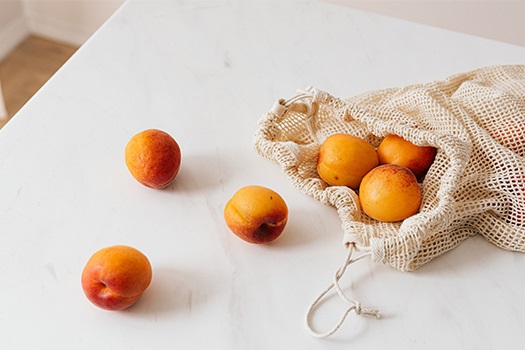
Bathroom
- Could you swap liquid handsoap for a bar of soap? Or try shampoo and conditioner bars, without any packaging?
- Re-use your existing packaging by taking an old bottle to a bulk goods shop, like Naked Foods in Double Bay, and re-filling it with soap, shampoo or moisturiser.
- Have you tried making your own beauty products? There are lots of recipes for DIY soap and beauty products, like scrubs using leftover coffee grounds.
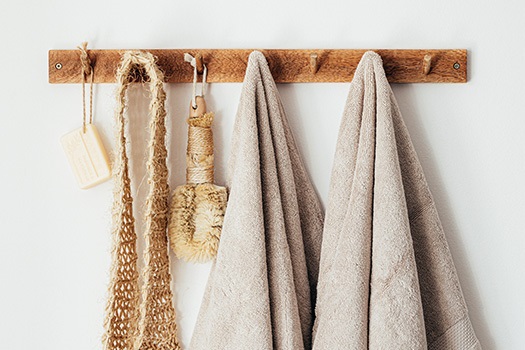
In the kitchen
- Try re-usables instead of single-use plastic wrap and bags.
- Next time you need to replace a kitchen consumable (plastic wrap, coffee pods, scrubbing brush, dishwashing liquid) explore plastic-free alternatives. Try compostable dish cloths, re-usable coffee pods, natural fibre dish scrubbers, stainless steel lunchboxes and more.
- If you’re buying plastic items, can you buy a product made from recycled plastic?
- Try your hand at DIY dishwashing tablets, of these 1-minute beeswax wraps.
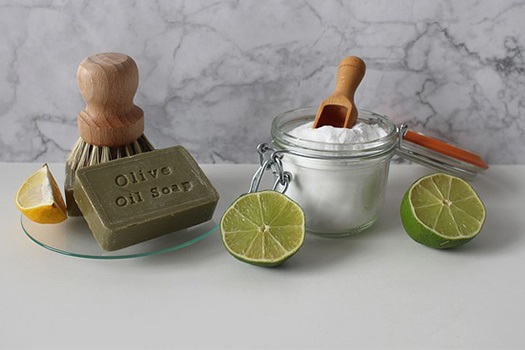
Kids
- For kids’ lunchboxes use a bento style box where you don’t need any packaging. Instead of single-use yoghurt pouches, try re-filling a re-usable pouch. There’s also re-usable sandwich wraps and pouches.
- Buy secondhand toys where you can to re-use existing resources.
- If your little one is still in nappies, have a go at modern cloth nappies. There are several companies which rent out trial packs, so you can try before you buy to see if it will work for you. There are also some great support groups on Facebook like Cloth Nappy Reviews and Support for advice about cleaning cloth nappies, different styles and fit.
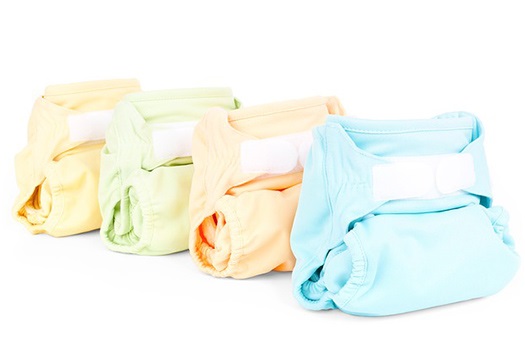
Modern cloth nappies
For more ideas about how to go plastic free, visit Plastic Free July.